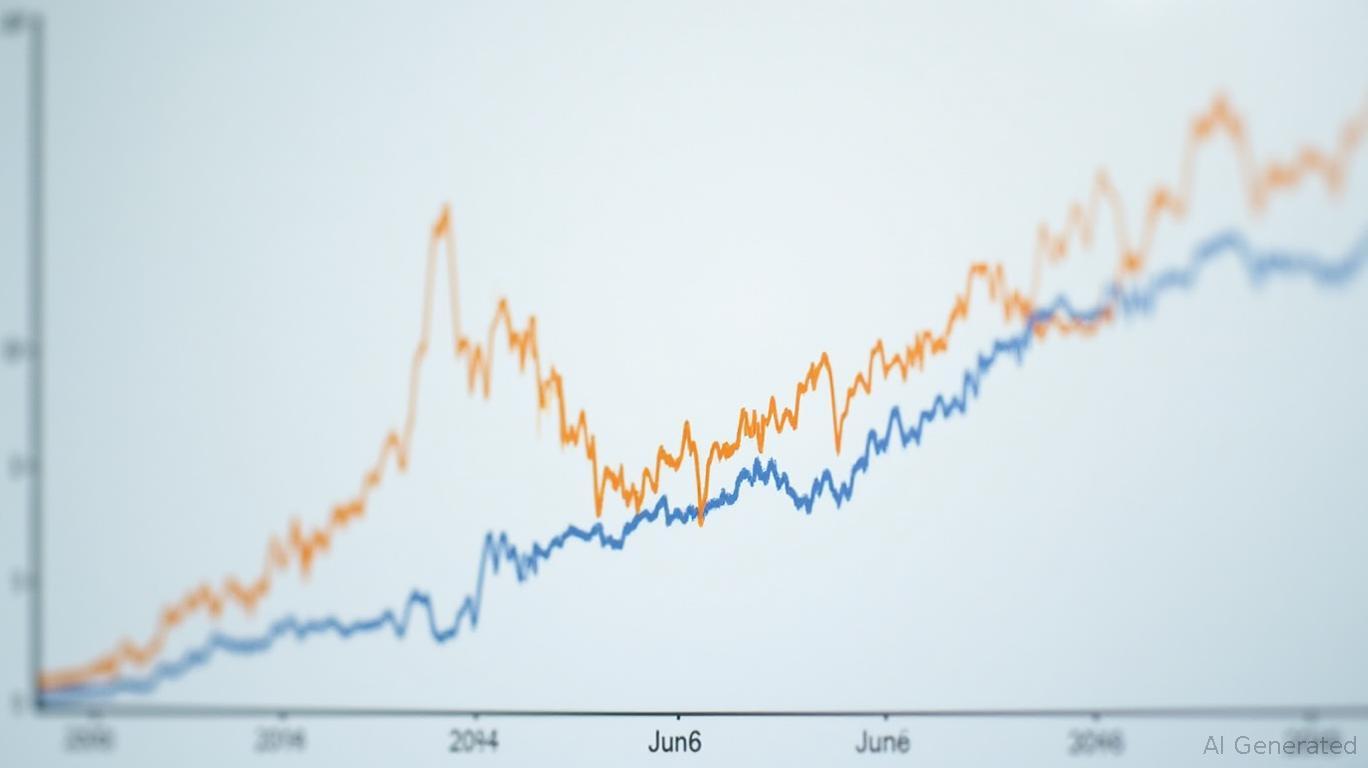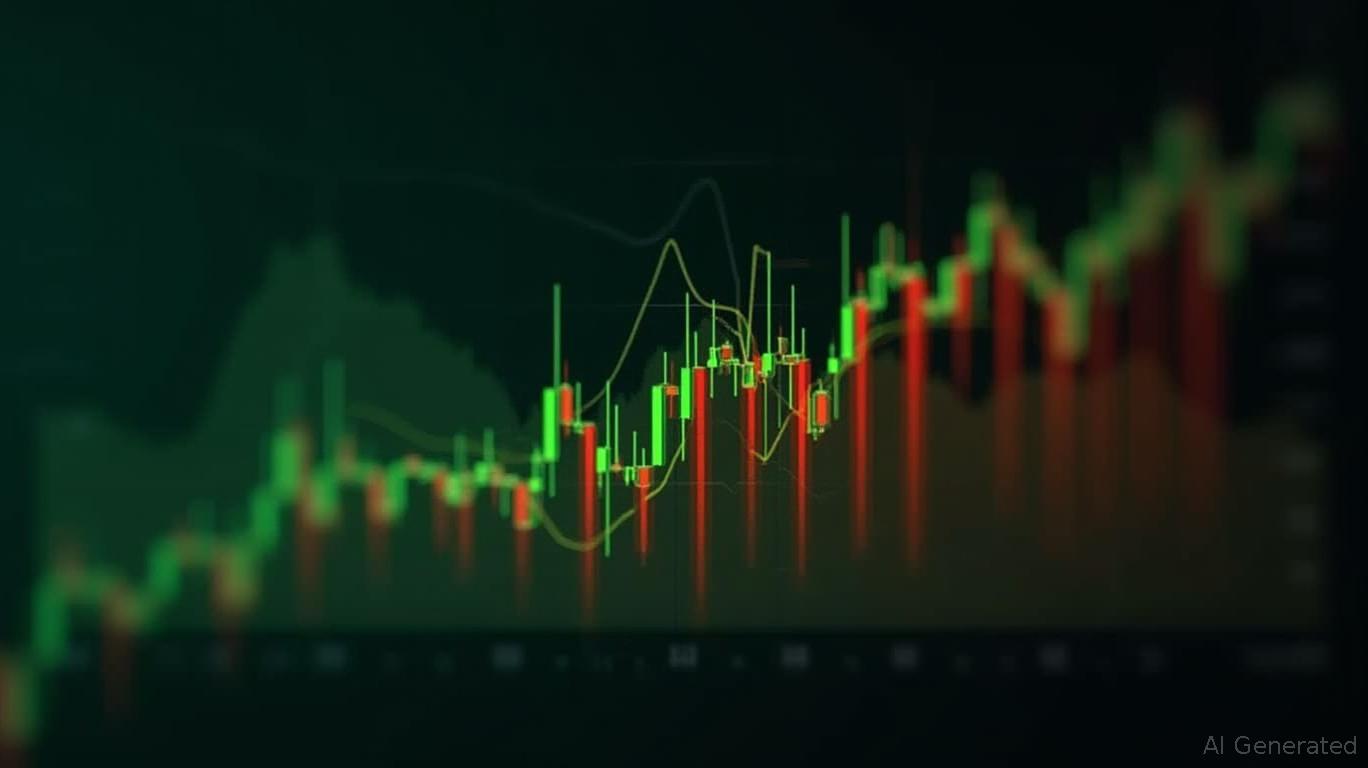Chile's Monetary Policy Crossroads: Navigating Rate Constraints and Inflation-Linked Opportunities
As Chile's central bank faces a pivotal June 2025 decision on interest rates, the path forward remains fraught with trade-offs between curbing lingering inflation and supporting economic growth. With inflation at 4.4% in May—still above the 3% target—the Bank of Chile (BCCh) has maintained its policy rate at 5% since April, signaling caution amid global uncertainties. This balancing act creates a nuanced backdrop for fixed income investors, particularly those eyeing inflation-linked bonds as a hedge against persistent price pressures.
Ask Aime: Will the central bank raise interest rates in June? How will it impact inflation? What are the best bonds to buy now?
The Inflation Dilemma: Progress, but Not Yet Victory

Despite a steady decline from a peak of 11.6% in 2022, inflation in Chile has stayed above the BCCh's 2%–4% target for 17 consecutive months. Core inflation, excluding volatile items, has settled near 4%, suggesting underlying pressures persist. Key drivers include rising electricity tariffs, wage growth, and geopolitical risks—such as U.S. tariff policies—that keep global supply chains fragile.
The BCCh has acknowledged these risks, citing global trade tensions and domestic uncertainties like pending electricity price hikes. While the bank projects inflation to reach 3% by early 2026, the path is far from certain.
Rate Cuts: Proceed with Caution
Analysts widely expect the BCCh to cut rates by 25 basis points to 4.75% by July 2025, with further reductions possible by year-end. However, the central bank's room to maneuver is constrained by several factors:
- Global Volatility: A stronger U.S. dollar and rising U.S. bond yields could pressure Chile's currency, reigniting inflation via imported goods.
- Domestic Risks: Electricity tariffs, which account for 10.9% of consumer prices, could spike further if regulators approve hikes to cover rising production costs.
- Growth Concerns: Weak domestic demand and a contraction in economic activity (Imacec) in February 2025 suggest the economy remains fragile.
The BCCh's June statement will likely emphasize flexibility, but cuts will be gradual to avoid destabilizing markets.
Fixed Income Opportunities: Inflation-Linked Bonds Take Center Stage
For investors, the constrained rate-cut environment and lingering inflation risks create a compelling case for inflation-linked bonds (UCIs). These instruments adjust their principal and coupons based on the Consumer Price Index (CPI), offering protection against price rises even if nominal rates remain elevated.
Why UCIs Are Attractive Now:
- Yield Advantage: UCIs currently offer a real yield of ~1.5%, compared to 0.5% for traditional fixed-income securities.
- Hedging Against Inflation Risks: With electricity tariffs and wage growth still driving price increases, UCIs provide a natural hedge.
- Low Correlation to Equities: In a volatile macro environment, UCIs can diversify portfolios while offering capital preservation.
Sector-Specific Plays:
- Utilities and Telecoms: Short-term corporate debt in stable sectors, such as state-owned utility Enel Chile or telecom giant Entel, offers yields of 4.5%–5% with minimal default risk.
- Short-Dated Government Debt: Short-term TES (government bonds) with maturities under 3 years offer liquidity and reduced sensitivity to rate cuts.
Risks to Monitor
- Electricity Tariffs: A 10–15% tariff hike, as proposed by some regulators, could reignite inflation, prompting the BCCh to pause cuts.
- Global Trade Policy: Escalating U.S.-China trade tensions or copper price declines (Chile's key export) could hurt growth and fiscal stability.
Conclusion: A Prudent Fixed Income Strategy
Investors should overweight UCIs and high-quality corporate debt while maintaining a cautious stance on longer-duration bonds. The BCCh's gradual easing cycle and inflation's slow descent toward target favor income-focused strategies that balance yield with inflation hedging.

In this environment, patience and diversification are key. As the BCCh navigates its policy crossroads, inflation-linked bonds emerge as a resilient anchor for fixed income portfolios.
John Gapper
June 6, 2025

Comments
No comments yet